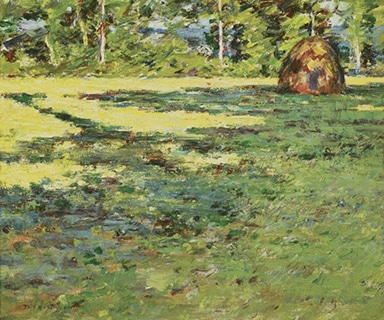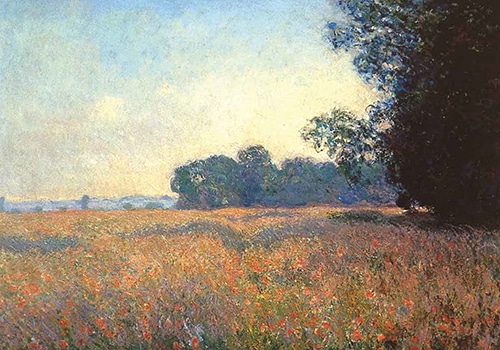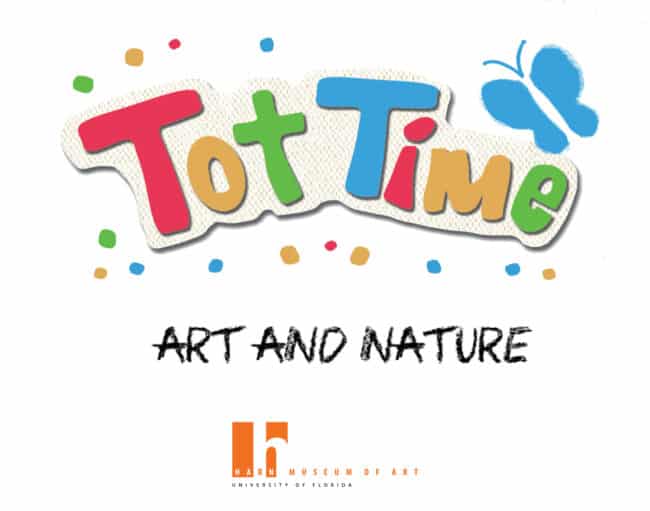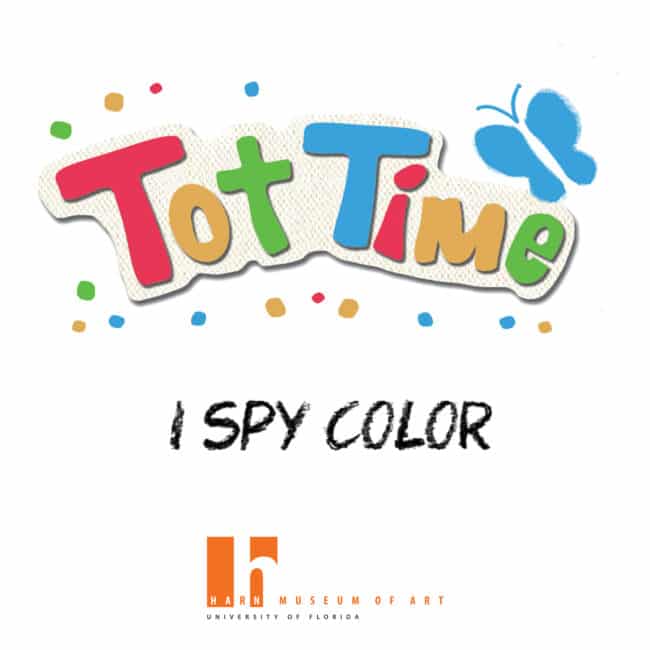In the Sunshine State, we know a thing or two about light. The Impressionists who made these three paintings did too. Impressionists were artists who painted in the style of Impressionism, which basically means that they were trying to capture the feeling and appearance of the quick movements of light and shadow across surfaces. Claude Monet was a French artist who led the Impressionist movement in France. In fact, Impressionism is named after one of his paintings! He liked to study light in his art by depicting the same subject on different canvases over the course of a day. What time of day do you think is shown in his Champ d’avoine (Oat Field)?
Theodore Robinson and Childe Hassam were American painters who picked up Impressionism when they visited France. Robinson, like Monet, liked to paint landscapes while Hassam enjoyed cityscapes. All of these artists would make their art while outside so that they could paint from life. They also used short brushstrokes of pigmented colors to capture the brilliant dance of light and shadow in the world around them. Which colors do the artists use to show us where there are shadows? Which colors do the artists use to show us where there is bright light?
We can capture quick moments in art as well by using a summer favorite, bubbles, to create our own impressionist masterpieces.
Tools and Materials
● Protective cover for your art surface
● Paper or other support material (cardboard, posterboard, etc)
● Bubbles-recipe in tips
● Bubble wand, pipe cleaner, straw or cup with a hole in the bottom
● Containers
● Liquid food coloring/dye
Procedure
1. Spread out your protective sheet over your art-making surface. This will help with clean-up since this activity can get messy!
2. Create your bubbles! Mix 8 tablespoons of dish soap with 4 cups of water.
a. Tip: Use anti-grease dish soap for the best results.
3. Pour the bubble mixture into a few containers. Add color to each container by using several drops of dye.
4. Use a bubble wand to create colorful bubbles to pop onto your paper!
a. Tip: You can create your own bubble wand by shaping a pipe cleaner, blowing into a straw or cutting a hole into the bottom of a cup.
b. What happens if you pat your bubble wand directly onto the paper?
c. What happens if all of your bubbles pop in the same area?
5. Sit back and admire your masterpiece!
a. How will the colors interact as they dry?
b. Does your masterpiece look the same, darker or lighter once it’s dried?
Tips
● The Impressionists loved painting outside. You can too! Take a step outside or look out a window to draw inspiration from nature.
● Use your fingers and toes to splash the bubbles for another level of fun and exploration!
Lesson plan developed by Courtney Toelle, Family Programs Intern and Art History and Museum Studies Master of Arts Student and Keithley Fellow in Case Western Reserve University’s Department of Art History and Art.
Top image: Claude Monet, Champ d’avoine (Oat Field), 1890, Oil on canvas, 26 × 36 7/16 in. (66 × 92.6 cm), Gift of Michael A. Singer
Middle image: Theodore Robinson, Afternoon Shadows, 1891, Oil on canvas, 19 × 22½ in. (48.3 × 57.2 cm), Museum purchase, funds provided by Michael A. and Donna Singer
Bottom image: Childe Hassam, Gloucester, 1919, Oil on panel, 12 ⅝ × 16 in. (32.1 × 40.6 cm), Gift from the Carol and Stephen Shey Collection






